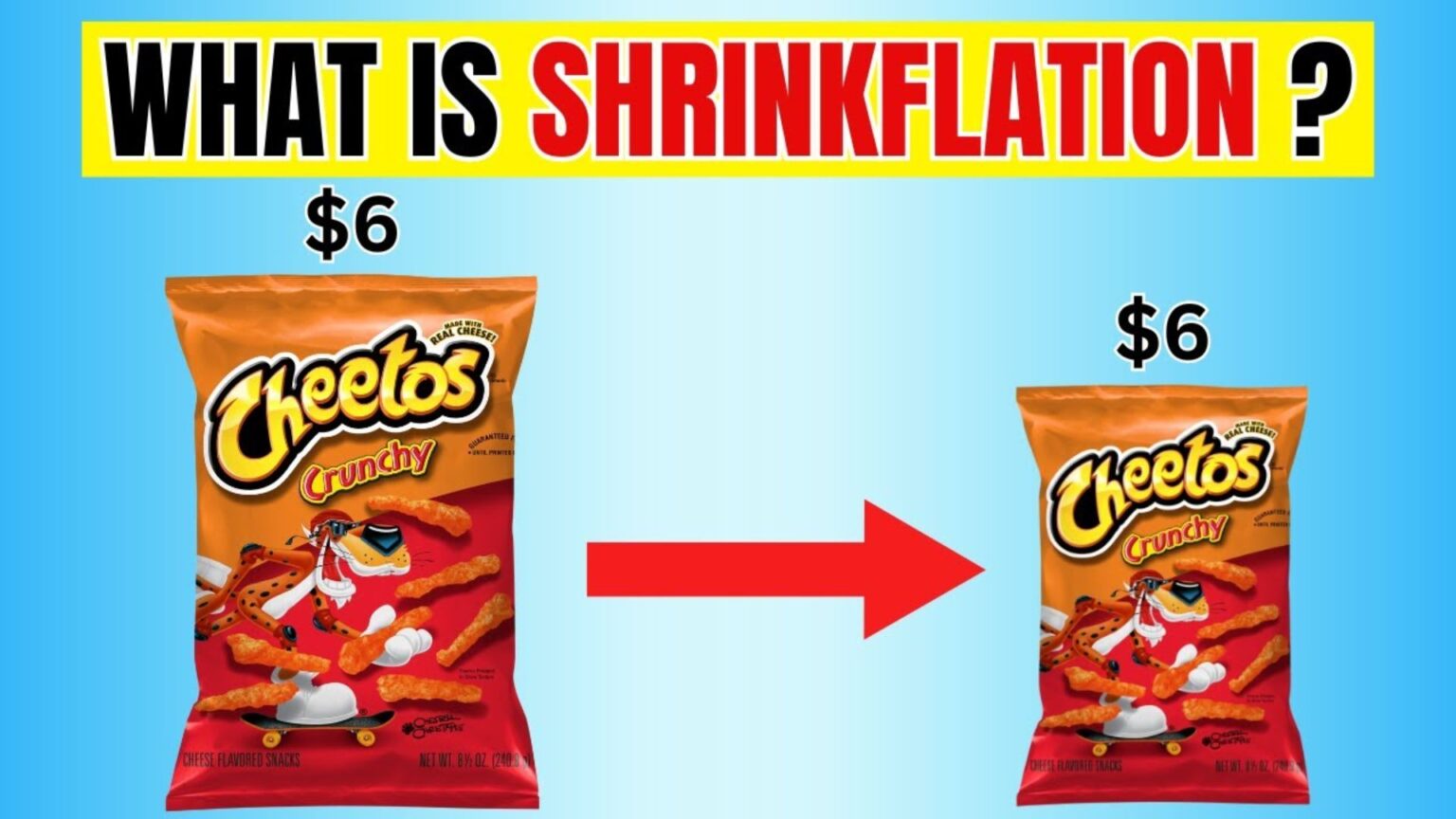Ever open a bag of chips and wonder why it feels half-empty? Or notice your favorite chocolate bar seems… smaller? You’re not imagining it and it’s not just childhood nostalgia making you think it used to be bigger. It’s shrinkflation —a sneaky economic trend that’s frustrating shoppers around the globe.
Shrinkflation happens when companies reduce the size, quantity, or weight of a product but keep the price the same (or even raise it). You’re still paying the same amount, or more, but getting less for your money. It’s not exactly new, but it’s become far more noticeable in recent years as inflation continues to rise and companies scramble to maintain profits without scaring off price-sensitive customers.
So why is shrinkflation such a hot topic now? A few reasons. First, people are paying more attention to their receipts and grocery hauls. Social media has made it easy for consumers to share side-by-side comparisons of old vs. new packaging, calling out brands in real time. And during times of economic stress—like after the pandemic, supply chain disruptions, and rising global inflation—shrinkflation hits harder. When budgets are tight, every ounce matters.
The industries hit hardest? Food and household goods, by far. Cereal boxes that used to be 18 ounces are now down to 14. Toilet paper rolls with fewer sheets. Ice cream cartons that shrank from a full half-gallon to 1.5 quarts. Even fast food is seeing complaints—smaller burgers, fewer fries, or thinner meat patties have become the subject of online rants.
It’s not just about food, either. Personal care items like shampoo, toothpaste, and detergent have all seen size reductions. In many cases, the packaging looks almost identical, making the change hard to spot unless you’re really paying attention.
While some companies argue they’re simply adjusting to increased production costs, many consumers feel cheated. The transparency—or lack thereof—can feel like a betrayal of trust.
What can you do? Start reading labels, checking unit prices, and comparing sizes. Brands rely on consumers not noticing these changes, so being a little more vigilant can help you shop smarter. Shrinkflation may be clever from a business standpoint, but for everyday shoppers, it’s one more reason to keep an eye on what’s in your cart—and what’s missing.


